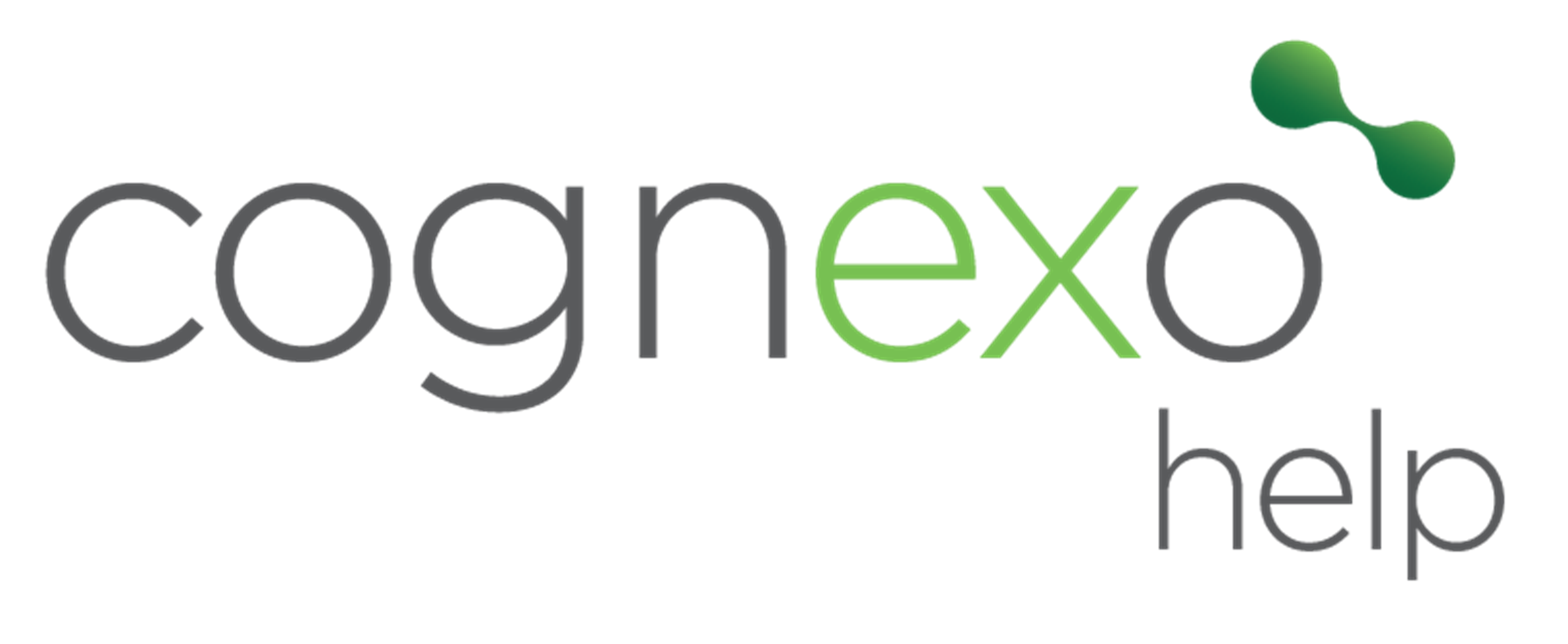Understanding User Tags in Cognexo
User Tags in Cognexo are customisable identifiers that help organise, categorise, and manage users within Cognexo. They play a crucial role in streamlining user management, enabling targeted communications, and maintaining organisational structure within the platform.
Types of User Tags
When creating a new tag in Cognexo, you can define it as one of the following 4 types:
1. A New Company Hierarchy Level
Company hierarchy tags define where users sit within your organisational structure. These tags enable:
- Clear visualisation of reporting structures
- Simplified team management
- Appropriate access permission assignments based on organisational position
- Department or division-specific content distribution
- Organisational analytics and reporting
Example Use Cases:
- Creating "Department" tags like Marketing, Engineering, Finance
- Designating "Office Location" tags for multi-site organisations
- Establishing "Management Level" tags such as C-Suite, Director, Manager
2. A New User Attribute
User attribute tags define characteristics, skills, or qualifications of your users. These tags help:
- Identify specialised skill sets within your organisation
- Group users with similar training or certifications
- Create targeted communication groups
- Enable segmentation during reporting
Example Use Cases:
- Tracking certifications like "ISO 27001 Trained" or "GDPR Certified"
- Indicating specialised skills such as "Advanced Excel" or "Data Analysis"
- Recording training completion status
- Noting language proficiencies
3. A New Unique User ID
Unique user ID tags provide custom identification systems beyond standard system IDs. These tags allow:
- Integration with external systems like your LMS or HRIS
- Easier user tracking across multiple platforms
- SSO setup
Example Use Cases:
- Employee ID numbers
- External system user IDs
- Project-specific identifiers
4. A Target for Specific User Topics
Topic targeting tags allow you to categorise users by interests, responsibilities, or content relevance. These tags facilitate:
- Targeted content delivery
- Interest-based grouping for communications
- Enhanced user engagement through relevant content
Example Use Cases:
- Product interest areas like "Mobile App Features" or "Analytics Tools"
- Project focus areas such as "Mental health champion" or "GDPR champion"
- Specialised knowledge areas
- Event participation groups
Best Practices for User Tags
- Use a standardised naming convention for all tags.
- Check for existing tags that might serve the same purpose before creating new ones.
- Periodically review and clean up unused or outdated tags.
- Maintain clear documentation about the purpose and usage of each tag type.
